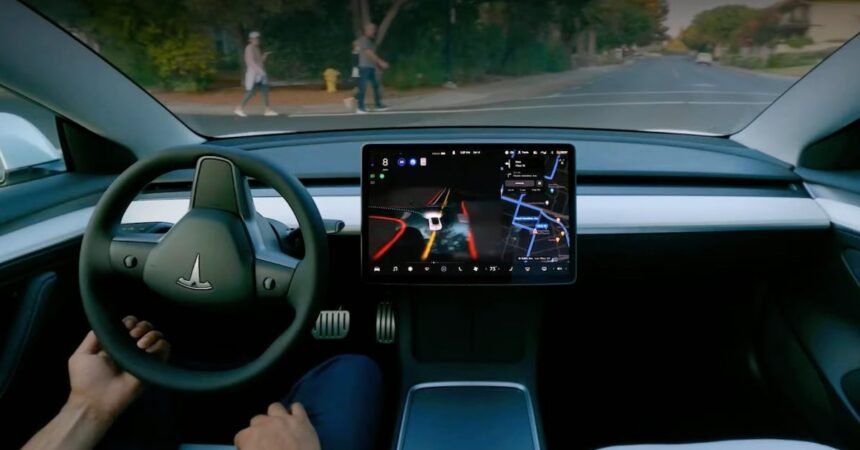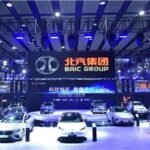Tesla has recently unveiled details about its upcoming ‘Robotaxi’ launch in Austin, Texas, and it seems to be facing some challenges. Contrary to expectations, there will be a “safety monitor” in the front seat during the rides.
In the past few weeks, there has been speculation about Tesla’s Robotaxi service being a strategic move to enhance the company’s self-driving image amidst increasing competition, particularly from Waymo. The planned service involves a geo-fenced and teleoperation-supported ride-hailing service operated by an internal fleet, distinct from Tesla’s consumer-oriented “Full Self-Driving program.”
Reports have surfaced about Tesla’s limited testing in Austin, with CEO Elon Musk claiming no driver involvement, yet test vehicles have been observed with Tesla employees in the front passenger seats equipped with controls to intervene if necessary.
In contrast, Waymo conducted extensive testing in Austin for a year before launching its commercial service, initially with a safety driver and later without one.
Tesla has now invited select pro-Tesla influencers, primarily from Elon Musk’s X social media platform, to experience the Robotaxi service launch this weekend. However, the invitations reveal significant limitations, notably the presence of a “safety monitor” in the passenger seat.
The requirements for using the service include agreeing to various terms, having a valid payment method on file, operating within specified hours and locations, and adhering to behavioral guidelines. Additionally, the service may be affected by inclement weather conditions.
It is evident that Tesla’s Robotaxi service will have a Tesla employee supervising in the front seat at all times, limited operating hours, and weather-dependent availability. While this may enhance safety, it falls short of the driverless experience offered by competitors like Waymo.
Ultimately, Tesla’s focus should be on advancing its self-driving technology rather than prioritizing appearances. The success of autonomous vehicle services lies in achieving true driverless operations, a feat that Tesla has yet to accomplish.
In conclusion, Tesla’s Robotaxi service launch in Austin highlights the company’s attempts to stay competitive in the self-driving space, but it underscores the need for Tesla to prioritize technological advancements over superficial achievements. The journey towards fully autonomous vehicles requires a relentless focus on innovation and safety, aspects that should not be compromised for the sake of optics.







